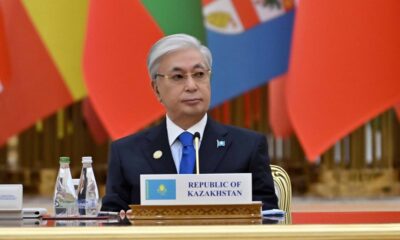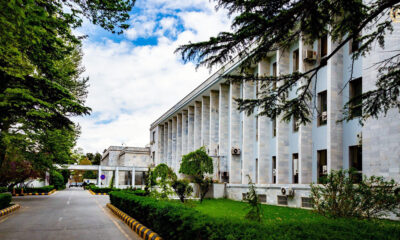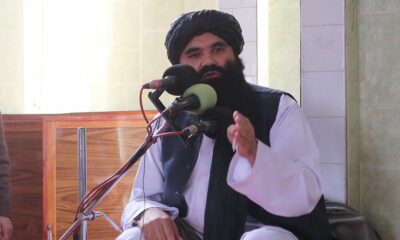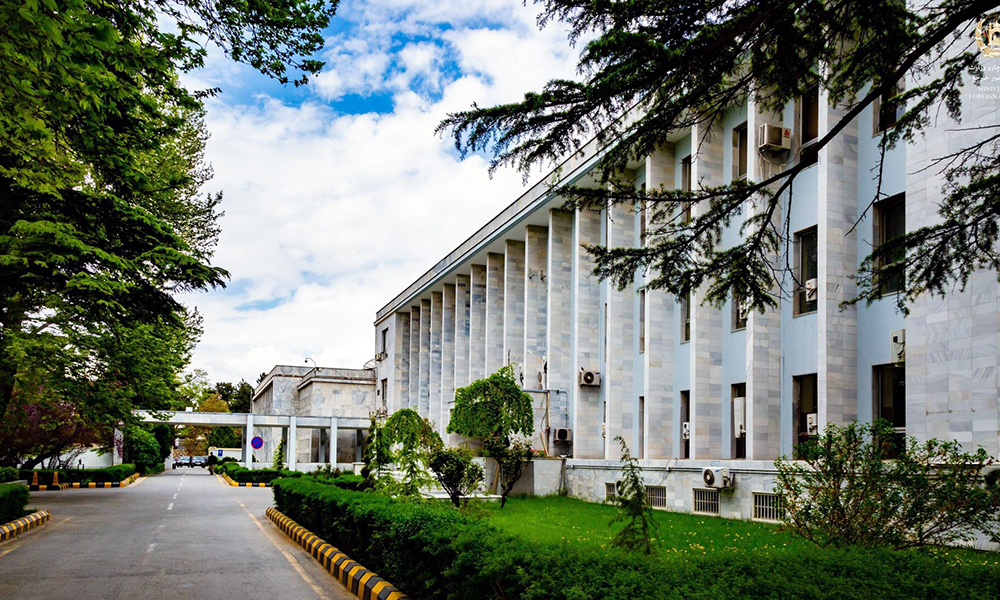Latest News
World Bank freezes Afghan projects after IEA bans girls from high school
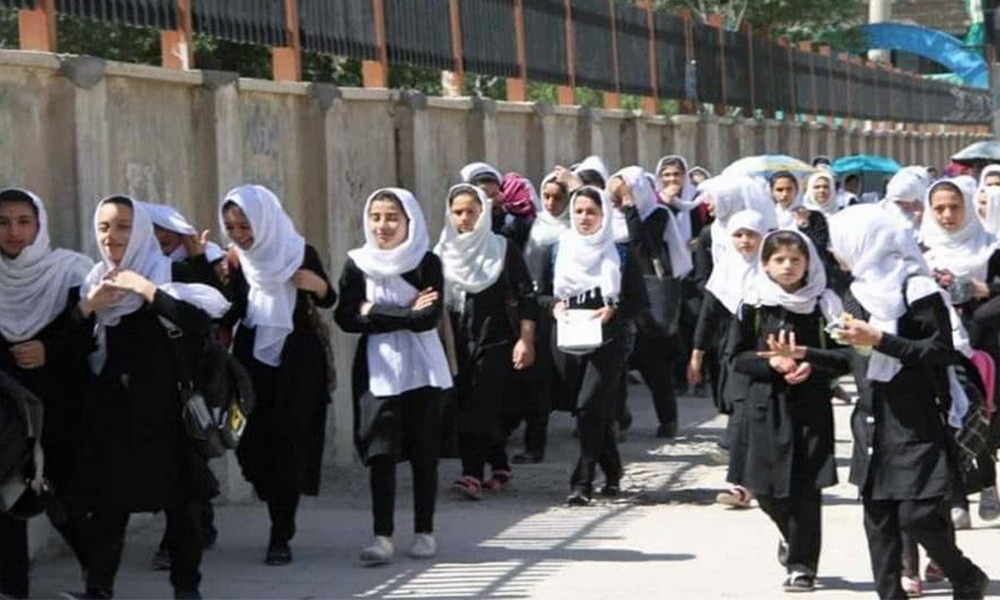
The World Bank has put four projects in Afghanistan worth $600 million on hold amid concerns over a decision by the Islamic Emirate of Afghanistan (IEA) to ban girls from returning to public high schools, the bank said.
The projects, to be funded under the revamped Afghanistan Reconstruction Trust Fund, were being readied for implementation by United Nations agencies to support projects in agriculture, education, health, and livelihoods, Reuters reported.
But the bank’s guidance requires all ARTF-financed activities to support access to – and equity of services for – women and girls in Afghanistan, the bank said, citing its deep concerns over the IEA’s ban on girls attending high school, read the report.
As a result, the bank said, the four projects will be presented to ARTF donors for approval only “when the World Bank and international partners have a better understanding of the situation and confidence that the goals of the projects can be met.”
It was not immediately clear when that could occur, Reuters reported.
U.S. officials last week cancelled planned meetings in Doha with the IEA over the decision to keep girls out of secondary school.
According to Reuters the executive board of the World Bank on March 1 approved a plan to use more than $1 billion from the ARTF fund to finance urgently needed education, agriculture, health and family programs that would bypass sanctioned Islamic Emirate authorities and disburse the money through U.N. agencies and aid groups.
The ARTF was frozen in August when the IEA took power as U.S.-led international troops departed after 20 years of war.
Foreign governments also ended financial aid comprising over 70% of government expenditures, accelerating the country’s economic collapse, Reuters reported.
When it agreed to free up ARTF funds for new projects to be implemented by UN agencies, the World Bank had stipulated that it expected a “strong focus on ensuring that girls and women participate and benefit from the support.”
The IEA has unraveled gains in rights made by women during the last two decades, including restricting them from working and limiting their travel unless accompanied by a close male relative. Most girls were also barred from going to school beyond seventh grade.
But IEA leaders had said all girls would be allowed to return to classrooms later this month, Reuters reported.
Latest News
Continued aid to Afghanistan vital for regional security: Kazakh president
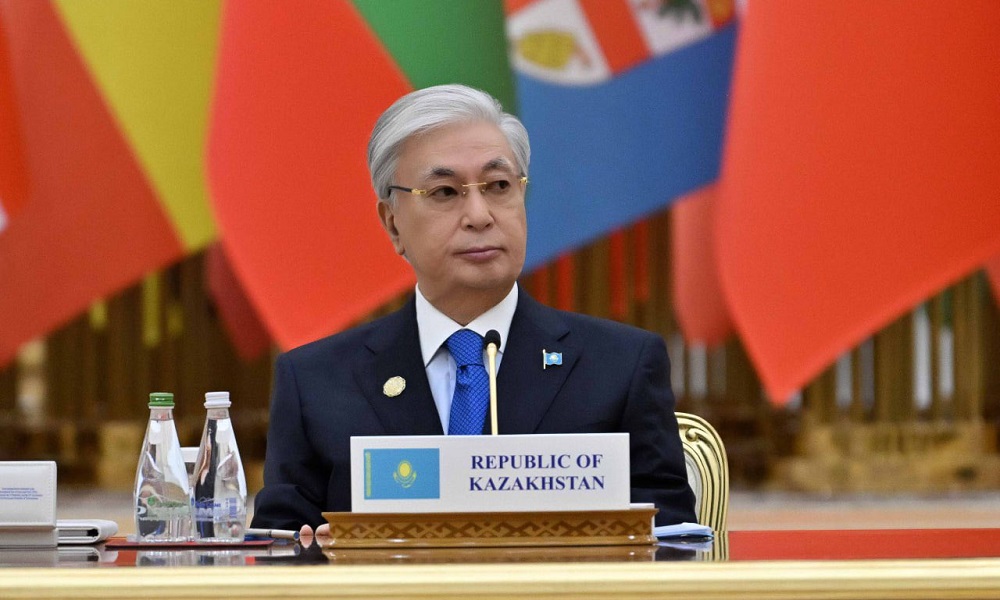
Kazakhstan’s President Kassym-Jomart Tokayev has emphasized the continuation of humanitarian assistance to Afghanistan, stating that the ongoing provision of such aid plays an important role in ensuring regional security.
Speaking at the international conference “Peace and Trust” in Ashgabat, the capital of Turkmenistan, Tokayev described addressing complex humanitarian challenges and the reconstruction of Afghanistan as a necessity.
“To ensure regional security, we consider it essential to continue providing assistance to Afghanistan, including by strengthening international efforts to address complex humanitarian issues and the reconstruction of this country. Kazakhstan remains committed to supporting the people of Afghanistan through humanitarian aid, educational projects, trade development, and food security initiatives,” he said.
Meanwhile, experts believe that sustainable improvement of the humanitarian situation in Afghanistan requires broad cooperation from the international community and support for the country’s economic development.
“Investment can be defined as one of the fundamental drivers of the economic cycle, and whenever Afghan traders do not take their money out of the country and instead invest domestically, it naturally leads to greater growth and dynamism in Afghanistan’s economy,” said Abdul Zahoor Modabber, an economic analyst.
As the humanitarian crisis in Afghanistan continues, reports by international relief organizations indicate that millions of citizens of the country are in urgent need of food, health, and livelihood assistance.
The reduction in funding for aid organizations, the impacts of climate change, and the return of migrants have increased concerns about a further deterioration of the humanitarian situation in the country.
Latest News
Islamic Emirate declines to attend Tehran meeting on Afghanistan
Latest News
Sirajuddin Haqqani: A government that intimidates its people is not a true government
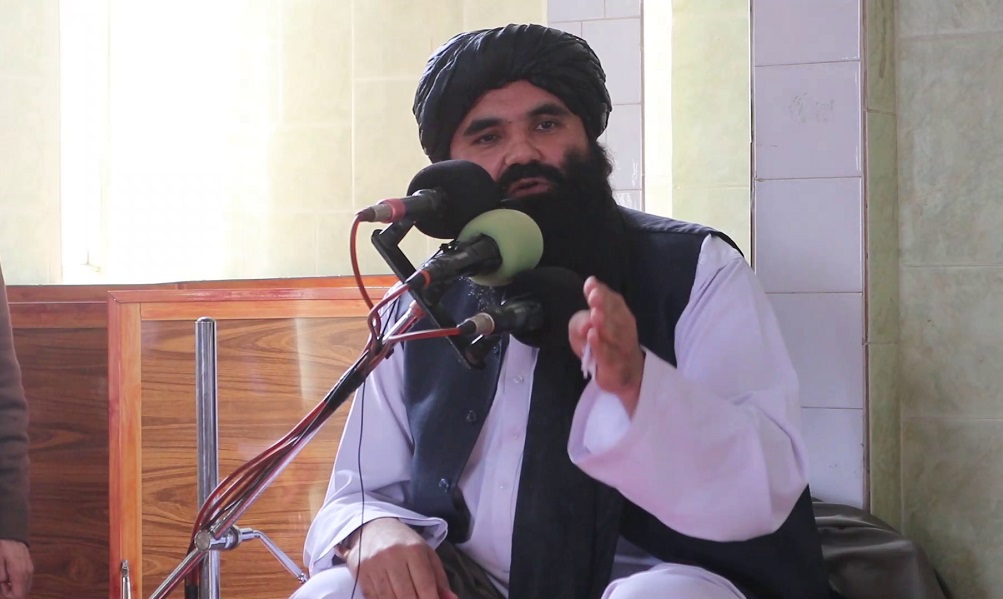
Khalifa Sirajuddin Haqqani, Minister of Interior of the Islamic Emirate of Afghanistan, said during a visit to Khost province on Friday that any government which rules through fear cannot be considered a true government.
“A government is one that is loved by its people, one that serves them with respect and compassion, and from whose behavior people learn ethics and sincerity,” he said.
Haqqani also stressed that Afghans who opposed the Islamic Emirate in the past should be tolerated and treated in a way that helps eliminate hostility and animosity, paving the way for national cohesion.
-

 Latest News2 days ago
Latest News2 days agoMuttaqi: Afghanistan’s progress requires both religious and modern education
-

 Sport4 days ago
Sport4 days agoILT20: Desert Vipers edge Gulf Giants in historic super over thriller
-

 Regional4 days ago
Regional4 days agoSix Pakistani soldiers killed in TTP attack in Kurram District
-

 Business4 days ago
Business4 days agoTrade bodies warn almost 11,000 Afghan transit containers stuck at Karachi port
-

 World4 days ago
World4 days agoPowerful 7.6 earthquake hits northern Japan, tsunami warnings issued
-

 Latest News3 days ago
Latest News3 days agoTrump calls Afghanistan a ‘hellhole’ country as US expands immigration restrictions
-

 Sport3 days ago
Sport3 days agoCommanding wins for Arman FC and Sarsabz Yashlar in Afghanistan Champions League
-

 Latest News5 days ago
Latest News5 days agoPakistan’s top general calls on IEA to pick between ties with Islamabad or TTP




